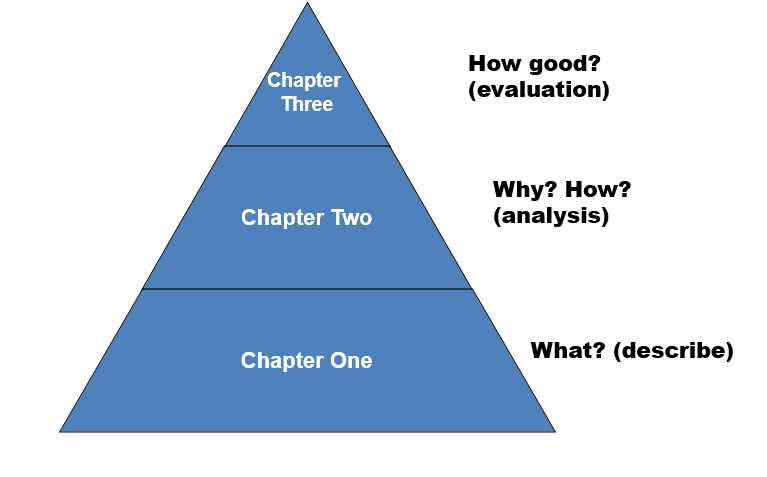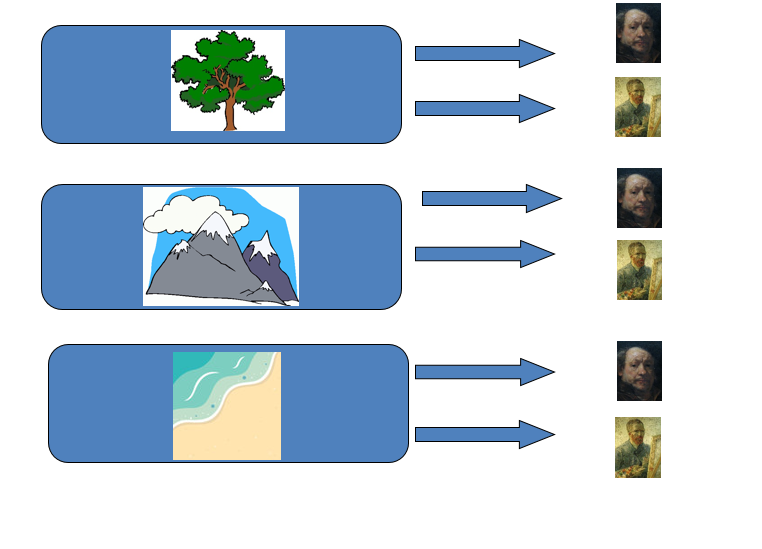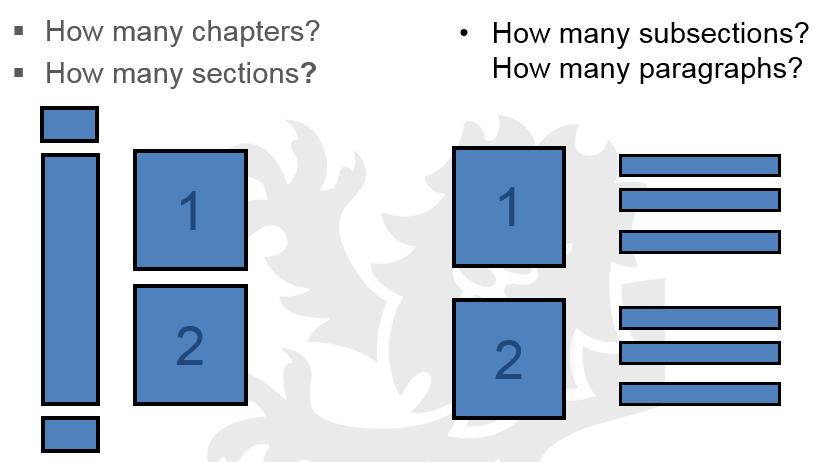Dissertations are long and complex. Planning and structuring are going to be even more important to help you stay in control of your material, make sure it flows logically and bring out your own argument. It’s very common to feel as if you’ve got lost inside your dissertation and can’t see your way out – and then it also becomes a common experience for the reader that they can’t see where the dissertation is going!
Writing is naturally a messy process, moving constantly between thinking through your ideas, writing them down, doing more reading and thinking, changing and reorganising the draft… It’s tempting to tell you to first do your reading and thinking, then plan your material, then write up, then edit. If only it were that easy! However, it can help to separate the way you think about planning and structure, to help you see your material and its organisation more clearly.
We can think of Structure as the natural shape of your dissertation. Each dissertation question will imply a particular sort of structure – is it a two-parter, in which you compare and contrast, look at for and against? Is it progressive, in which you look at a case study and identify the main themes/causes, then analyse what causes them, then evaluate what the best solution/explanation is? Is it thematic, in which you break the topic down into related aspects, ranked by importance? Are you looking at a problem, then methods, results, discussion, conclusion? Whatever structure might best suit your dissertation question, you can get a sense of this without getting bogged down in the content, which can cloud your sense of the structure. Think of it as the skeleton which gives your dissertation its shape. It’s the sections and the way the sections relate to each other. You can articulate it without any words at all:
Planning, on the other hand, you could think of as the content. It’s the flesh, the muscles that you add onto the skeleton. The points you want to make, the evidence and data you want to include, the quotations you want to use. Without a sense of the underlying structure, it’s hard to organise these into a ‘shape’ – they need a frame to hang on. Once you see the shape or structure of your dissertation, it’s easier to see where that point should go, or where that information would be useful.
Many people plan a dissertation by trying to organise the structure and the content at the same time. This is possible, but if it’s not working for you, try to separate the two out. Planning with content takes the form of words, and if you’re getting lost in all the words when you’re planning, go back and see if you can see through it all with x-ray vision to what the bare bones of your structure are. Drawing it out rather than using words is one way to approach this – it could be a mindmap, a diagram (as above) or a timeline, but getting away from all the words could help you to see where you’re going, and signpost that direction for your reader.
Posted by Helen



